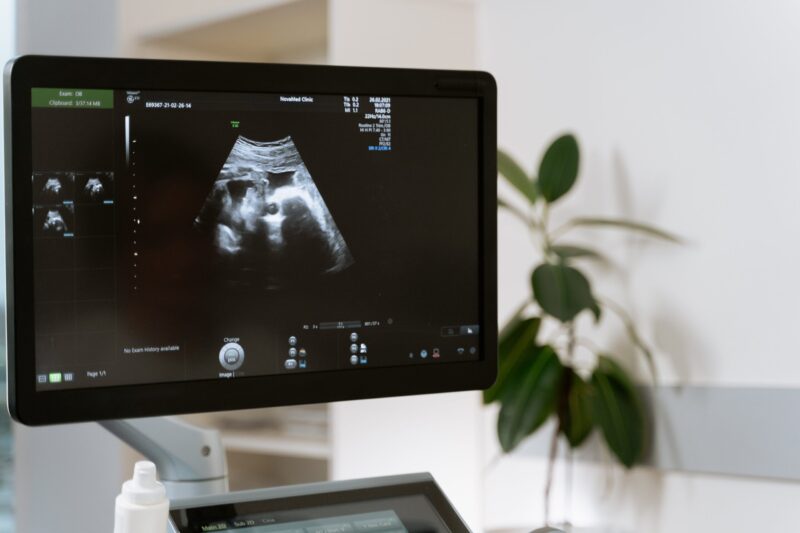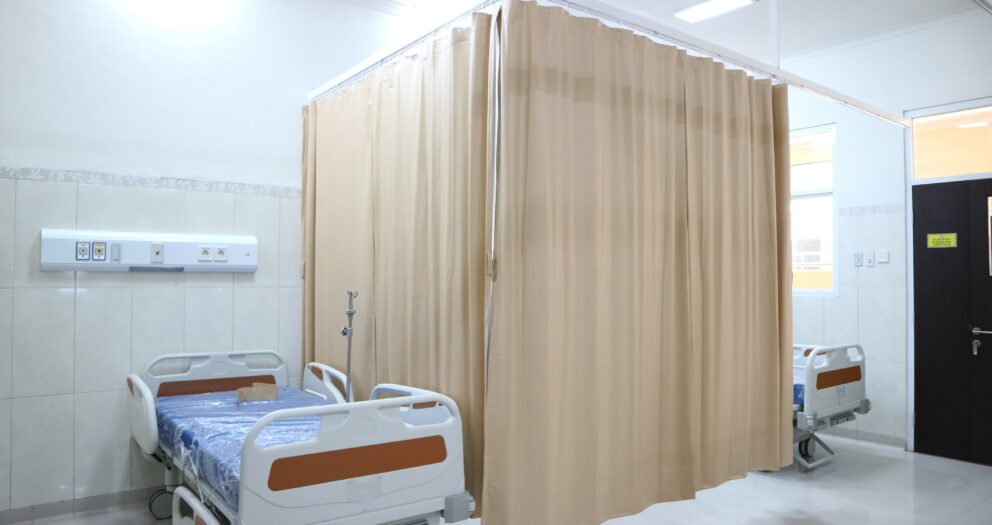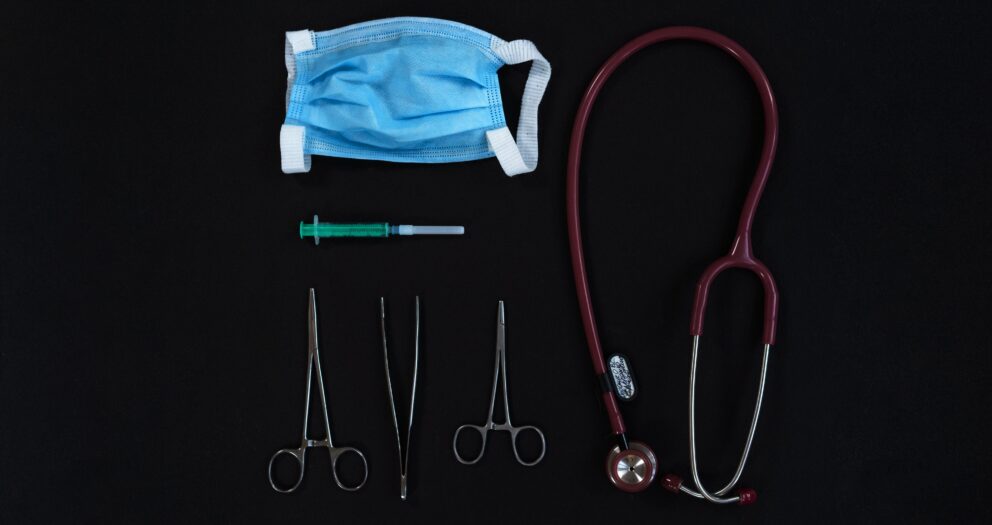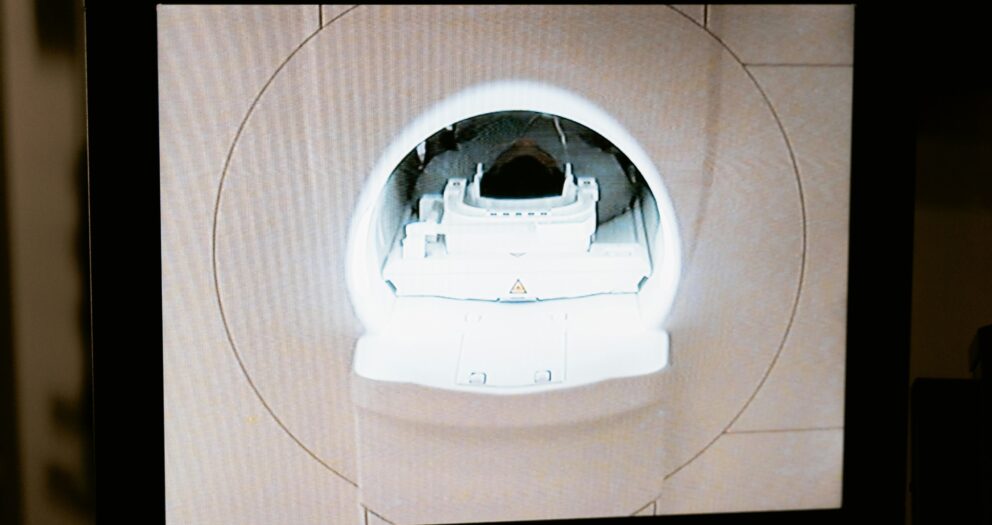As a health facility, establishing a Neonatal Intensive Care Unit (NICU) shouldn’t be a priority if other critical care departments are up and running, right? Not really. Babies’ well-being and care are indispensable and any hospital should cater to their needs.
Therefore, a NICU is very important in providing specialized care for newborns who require intensive medical attention. A well-designed and properly equipped Neonatal Intensive Care Unit plays a key role in ensuring the well-being of premature or critically ill infants. In this guide, we will explore the considerations to address, design elements, and essential equipment needed for setting up a Neonatal ICU.
Key Considerations You Should Address for the Neonatal Intensive Care Unit
A neonatal Intensive Care Unit offers critical services, thus, setting it up and equipping it shouldn’t be done in a rush. Considerations you should address to do a thorough project include:
1. Location and Size
The NICU should be located in a distinct area within the health facility to ensure a controlled and quiet environment.
A minimum of 8 beds is recommended, allowing for flexibility in accommodating varying numbers of infants requiring intensive care.
2. Configuration of the Unit
a. Ideal Design
Optimize space utilization with a layout that accommodates medical equipment, patient beds, and essential facilities efficiently. Ensure surveillance of each bed area from the nurses’ station for constant monitoring.
Design the unit to allow flexibility in bed arrangement and reduce walking distance for medical staff.
b. Key Areas
- Baby Care Area: Equipped with necessary tools and space for caregivers to attend to infants’ needs.
- Handwashing Stations: Strategically placed for easy access, promoting infection control.
- Staff Area: Designated space for medical staff to collaborate, review patient information, and take breaks.
- Laundry Area: A separate area for cleaning and sterilizing linens and clothing.
3. Electrical and Mechanical Needs
Install reliable power sources to ensure continuous operation of critical equipment. Guarantee a steady water supply for medical and hygiene needs. Use materials that are easy to clean and sanitize on the floor and walls, maintaining a sterile environment.
Durable, easy-to-clean walls reduce the risk of infection. Acoustically fit walls help create a calm and peaceful atmosphere.
4. Lighting and Ventilation
Install ambient lighting to create a soothing environment for both infants and caregivers. Avoid direct light into the infant’s eyes to prevent discomfort.
Ensure proper exhaust-only and supply-and-exhaust ventilation to maintain air quality. Maintain an ambient temperature conducive to newborn health.
Essential Equipment a Neonatal Intensive Care Unit Should Have
A NICU shouldn’t only have the right lighting and ventilation, electrical application, and layout, but also the essential equipment to enable effective service delivery. Key equipment include:
- Blood pressure monitor: Regular monitoring of blood pressure is crucial for infants with critical health conditions. Ensure medical staff is well trained to use the blood pressure monitors frequently.
- Cardiopulmonary monitor: The monitor is connected to a baby’s chest with leads, with information tracked on a screen. It’s used for Continuous monitoring of heart and respiratory functions.
- Umbilical catheter: The tool is used for the administration of medication, fluids, or blood products directly into the umbilical artery or vein. Staff should be keen on any complications including air embolism, and thromboembolic complications among others.
- Incubator: It provides a controlled environment for babies, maintaining a stable temperature and humidity for premature or ill infants.
- Oxygen Hood: Also called a head box, it’s used on babies who need oxygen. It delivers a precise concentration of oxygen to infants with respiratory issues.
- Radiant warmer: It maintains a controlled temperature for infants, particularly those who require immediate stabilization. It’s easy to use for trained staff and reduces the risks of hypothermia among other complications.
- Pulse oximeter: It keeps track of oxygen saturation levels in the blood, ensuring adequate oxygen supply to the newborn. It’s advisable to equip your facility with oximeters designed for infants.
- Orogastric tube: Used for feeding or decompressing the stomach in infants who are unable to feed orally. It reduces intestinal distention and improves ventilation.
- Intravenous (IV) Line: Administers fluids, medication, or nutrients directly into the bloodstream. They’re also used to obtain venous blood samples and insert catheters into the circulatory system.
- Gastronomy tube: The tube is inserted through a child’s stomach to aid in feeding. It provides a feeding route for infants who cannot feed orally, ensuring adequate nutrition.
- High Frequency Ventilator: Delivers mechanical ventilation at higher frequencies, suitable for certain respiratory conditions.
- Extracorporeal Membrane Oxygenation (ECMO): Provides prolonged cardiac and respiratory support for infants with severe heart or lung issues.
- Endotracheal tube: Maintains a patent airway and facilitates mechanical ventilation when necessary
- Cooling blanket: Used for therapeutic hypothermia, a treatment to reduce brain injury in infants with certain conditions.
- Continuous Positive Airway Pressure (CPAP): Delivers a continuous flow of air to help keep the airways open, often used for infants with respiratory distress syndrome.
- Apnea monitor: Monitors the breathing patterns of infants, especially those at risk of apnea or sudden cessation of breathing.
- Arterial line: Arterial lines are used in monitoring blood pressure and allow for frequent blood sampling in critically ill infants. They provide accurate blood pressure records.
- Nasal Cannula: It comprises a small tube with two prongs that go under the nose and around the head. It provides a comfortable and less invasive way to deliver supplemental oxygen to infants.
- Urinary catheter: The catheter enables monitoring of urine output for children and aids in managing fluid balance. It’s also used to manage urine incontinence.
- Tracheostomy tube: A tracheostomy tube is inserted into a baby’s trachea through a surgically created hole in the neck. It assists with maintaining a clear airway, particularly in infants with prolonged respiratory issues.
Conclusion
Setting up a Neonatal Intensive Care Unit is a noble requirement for hospitals. The whole process requires careful planning and commitment. Key factors to consider include location, physical layout, and configuration among others. Through a well-equipped Neonatal Intensive Care Unit healthcare providers can make a significant impact on the outcomes and quality of life for these precious infants and their families. With these strategies, establish a Neonatal Intensive Care Unit that prioritizes the well-being and optimal development of newborns in need of specialized care for your hospital.





Write a comment
Your email address will not be published. All fields are required